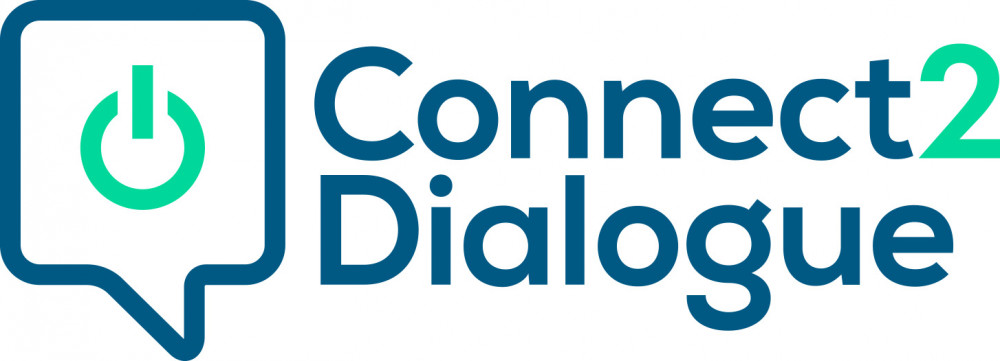Creation of Interfaith Meeting Space
A religious community, a local government or an NGO is providing a place dedicated to interfaith dialogue in a multireligious city or territory. The space can either be used for dialogical events or serve as a co-working dialogue space. Through sharing the space with other people and/or interfaith associations, creativity and energy is enhanced, which benefits the quality of interfaith dialogue and the resulting actions. This design may assist under-resourced interfaith charities and NGOs by decreasing their respective overall costs
A religious community, a local government or an NGO is providing a place dedicated to interfaith dialogue in a multireligious city or territory. The space can either be used for dialogical events or serve as a co-working dialogue space. Through sharing the space with other people and/or interfaith associations, creativity and energy is enhanced, which benefits the quality of interfaith dialogue and the resulting actions. This design may assist under-resourced interfaith charities and NGOs by decreasing their respective overall costs
Activity: Structure and Needs
A government or a city that is interested in channeling its abundant religious diversity can initiate setting up an interfaith center. NGOs or religious communities that are eager to strengthen IRD work, may also establish this interfaith meeting space. The initiators can use their network with religious communities to communicate the existence of this place and potential events.
If a place is not already owned by one of the players and needs to be rented/bought, expenses need to be calculated in advance, to ensure a smooth financing. However, through operating the place with the collaboration of several players, costs can be shared and therefore saved. State administration or patrons helping financing the rent is helpful but not necessary. Financial expenses can also be decreased because the common space allows different communities to jointly host interfaith events, meaning that they are not only dependent on themselves. Moreover, having a common working space facilitates and extends daily IRD work, with dialogue between the religious communities taking place continuously. Although prayer rooms (shared or one room for each religion) can be included in this space, they are not obligatory for a successful realization of the practice. Overall, the creation of such a space increases the visibility and volume of interfaith dialogue and actions inside a given community.
Objectives: Impact and Focus
This is a promising practice because creating an interfaith meeting space is a clear and concrete action that brings together various religious and interreligious actors, both individually and organizationally. It aims at making interfaith and/or interreligious organizations work together for a stronger interfaith network, for greater solidarity and bigger impact. It also reduces the costs of renting. Working and organizing events together increases the impact for all organizations, draws them to be inspired by one another’s actions, encourages them to mobilize each one’s network for each other’s events, and it allows them to use their money in actions rather than in rent. As a result, sustainable interfaith friendships are built.
This in effect creates an environment for the better understanding between followers of different religions. This better understanding will bring a better living together in the society thanks to social links and peaceful relations between them. The meeting space provides a platform for dialogue between the communities and is easily replicable in multicultural and multireligious cities.
Field Data: Examples and Sources (Activity – Organisation – Location)
1.) Collaboration House – The Fay Share Foundation– London, UK
The Fay Share Foundation created a co-working space, the Collaboration house, in 2014 in Central London. Charities participating include United Religions Initiative, Faiths Forum for London, the Council for Christians and Jews and Women’s Interfaith Network. The Collaboration House contains a media hub allowing charities to access audio and video equipment to develop videos and have a greater engagement via social media. It collaborates with the Camden area, for instance by organising regular visits from nearby primary schools to foster children’s interfaith education.
2.) The Harmony Centre in Singapore – The Harmony Center – Singapore, Republic of Singapore
The Harmony Center in Singapore aims to promote a peaceful and harmonious city through organizing events, debates and conferences. The center specifically focuses on the Muslim faith. The objective is to make people aware about what Islam is. A consequence of this center activities is that it improves the mutual understanding about each other’s religion. The comprehension of the different faiths avoids people to have prejudices about them. This also facilitates dialogue between the many religious communities of Singapore.
3.) Interfaith Place of Prayer – The Interfaith Ashram – Greater Naida, India
The Interfaith Ashram (spiritual centre) unites all the different gods of Hinduism, Buddhism and Jainism. People of all faiths come to his place of worship to pray and meet each other. It has over the years become a centre for interfaith celebrations and activity.
The centre was constructed in collaboration with all religious communities that are represented in it in order to build worship “stands” in accordance with the regulations of each one of the religions present. Religious communities participated in raising funds to finance the construction of the building. The interfaith temple is constructed in a circular way, each portion of the circle constituting a “stand” for a different religion. Believers of all faiths can come and go freely in this place of worship, without restrictions on how to dress, pray or practice.
4.) L’Union Fraternelle des Croyants – Dori, Burkina Faso
L’Union Fraternelle des Croyants is an organization created in 1969 in Dori, Burkina Faso. The first activities of the “Peace Centre” started in 2011 from Dori. Since 2011, other “Peace Centre” has been opened in Burkina Faso but also in Niger and Mali. In the Sahel region, it is essential for communities to know each other to be able to work on mutual development.
